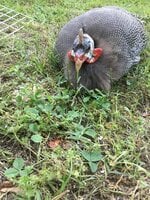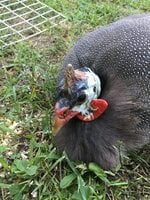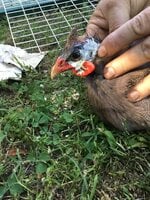Katelin_smith18
Hatching
- May 19, 2019
- 7
- 0
- 2
my guinea hasn’t ate in almost a week. He/she won’t stand up for long, it only takes a step and sits back down. He/she can’t sit up right always lean over. It’s still somewhat alert not as much or as usual how guineas supposed to be.








